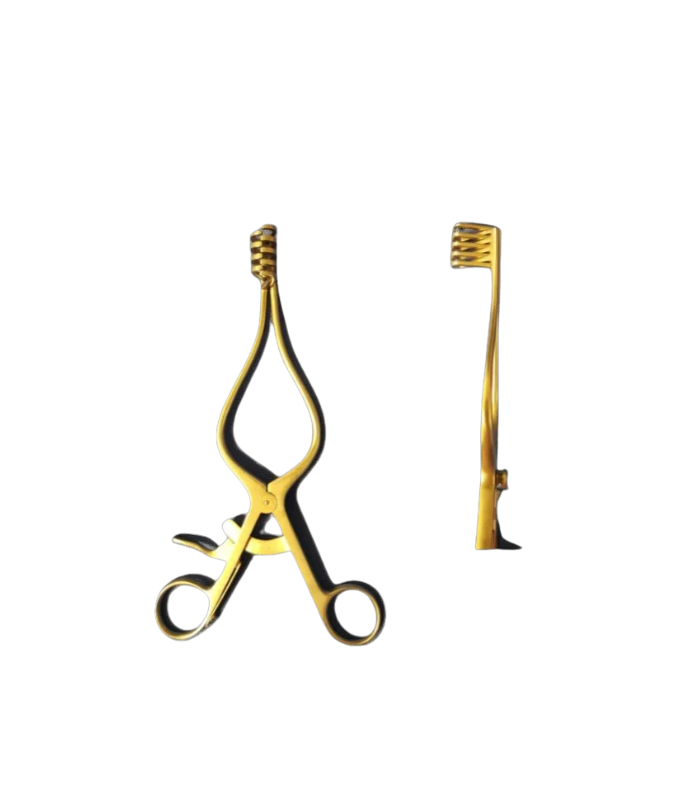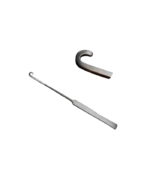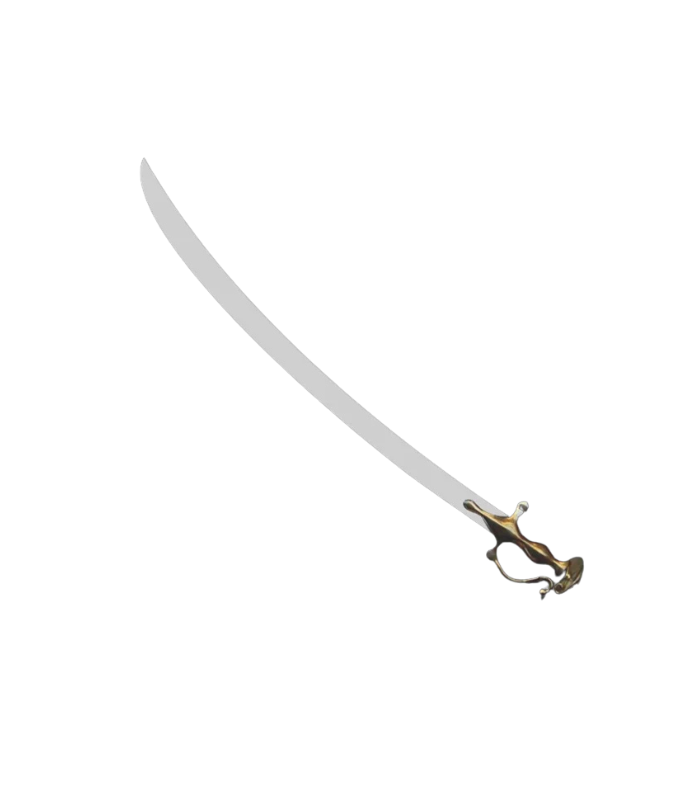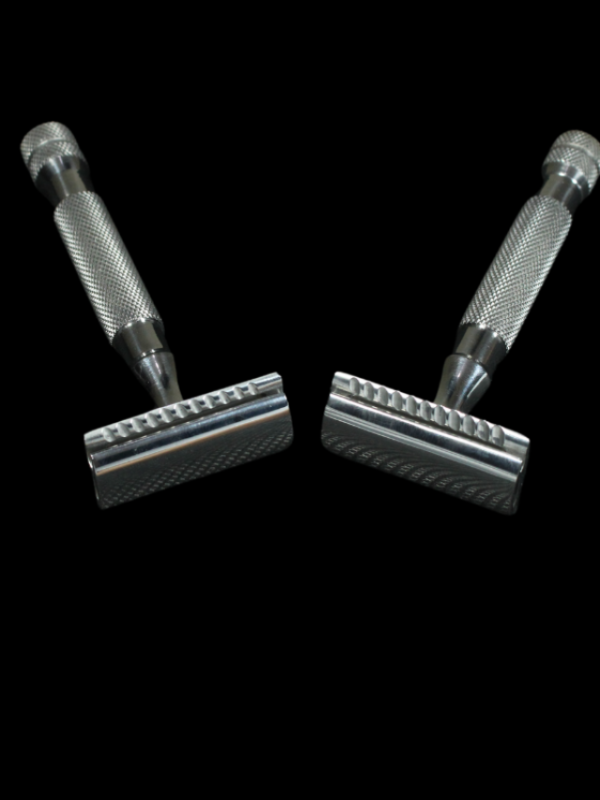The Art of Shaving: A Guide to Using a Safety Razor

Art of shaving
The art of shaving is deeply rooted in tradition, and using a safety razor offers numerous advantages that enhance the overall experience. One of the primary benefits is cost savings over time. While the initial investment in a quality safety razor may be higher than disposable options, the long-term savings are substantial. Safety razors use double-edged blades, which are significantly less expensive than cartridge replacements. This means that, after the initial purchase, the ongoing costs are minimized, leading to a more economical shaving routine.

Furthermore, the environmental impact of adopting a safety razor should not be underestimated. In an age where eco-consciousness is paramount, becoming part of the art of shaving with a safety razor is a sustainable choice. Safety razors are 100% plastic-free, eliminating the continuous waste generated by disposable razors and their plastic packaging. By switching to a metal safety razor, individuals are making a conscious effort to reduce their carbon footprint and contribute to a healthier planet.
The improved shaving experience provided by a safety razor cannot be overlooked. With a sharp double-edged blade, users often experience a closer and smoother shave, reducing irritation and the likelihood of cuts. Unlike cartridge razors that use multiple blades, potentially tugging at facial hair, a safety razor allows for a single, clean cut. This not only enhances comfort but also results in less skin irritation for sensitive skin types.
Additionally, safety razors are typically crafted from durable materials like stainless steel, which not only adds to their longevity but also offers an aesthetically pleasing design. The craftsmanship and elegance of these razors stand in contrast to their plastic counterparts, elevating the art of shaving into a pleasurable ritual. Overall, the benefits of using a safety razor are numerous, making it a valuable addition to any grooming regimen.
Introduction to Safety Razors
Safety razors are a grooming tool designed to provide a safe and efficient shaving experience. Unlike disposable razors that typically feature multi-blade cartridges, safety razors utilize a single, sharp blade that is securely situated within the razor’s head. This design minimizes the risk of nicks and cuts, making it a favorable choice for both beginners and seasoned shavers alike. The simplicity and effectiveness of safety razors have led to a resurgence in their popularity in recent years, particularly among environmentally conscious consumers.
The history of safety razors dates back to the late 19th century when King Camp Gillette introduced the modern version we recognize today. His innovation allowed for the use of replaceable blades, ushering in a new era of shaving that offered both convenience and cost-effectiveness. Before the invention of safety razors, men commonly relied on straight razors, which required a higher level of skill and maintenance. As men’s grooming evolved, safety razors became the preferred choice for many, thanks to their ease of use and lower risk of injury.
Today, safety razors are celebrated not only for their practicality but also for their eco-friendliness. With growing awareness around sustainability, many consumers are turning away from disposable plastic razors, which contribute significantly to landfill waste. By opting for a safety razor, individuals can significantly reduce their environmental footprint, as these razors are typically made from durable materials like stainless steel and can last for decades with proper care. Additionally, the use of replaceable blades creates less waste in comparison to disposable razor cartridges, making the art of shaving more sustainable.
Understanding Safety Razor Features
The safety razor has transformed the art of shaving, providing an efficient and enjoyable grooming experience. At the core of its design are several key features that enhance usability and performance. One such feature is the easy twist mechanism, which allows users to effortlessly change the razor blade without the need for tools. This mechanism ensures that blade changes can be performed quickly and safely, reducing the likelihood of cuts and providing optimal convenience for individuals with busy routines.
Another impressive aspect of modern safety razors is the twist-to-open system. This innovative design permits users to open the razor head by simply twisting it, exposing the blade for an easy swap. This feature not only simplifies the maintenance process but also makes the art of shaving more accessible for beginners who may be intimidated by traditional razors. Additionally, ensuring perfect blade alignment is critical for an effective shave. When the blade is properly aligned, it glides smoothly over the skin, allowing for a close and comfortable shave while minimizing the risk of irritation.
Moreover, safety razors that incorporate non-magnetic materials offer significant advantages. Unlike magnetic materials which may cause rust over time, non-magnetic materials tend to be more resistant to corrosion, further extending the lifespan of the razor. This is particularly relevant for individuals who prioritize durability in their grooming tools. The use of high-quality materials not only exemplifies the craftsmanship behind the art of shaving but also provides a reliable option for those seeking a long-term solution to their shaving needs.
Choosing the Right Blade
When it comes to the art of shaving, selecting the right blade is crucial for achieving the best results. Double-edged blades vary significantly in terms of sharpness, material, and manufacturer, creating a vast selection for users to consider. Understanding your specific skin type and shaving needs is imperative in making an informed choice.
Firstly, individuals with sensitive skin should opt for blades designed for a smooth, gentle shave. Many brands offer blades that are specifically labeled as suitable for sensitive skin, often featuring coatings such as platinum or chrome to provide a protective barrier. Conversely, if you have coarse or thick hair, a sharper blade may be more appropriate, as it will cut through hair more efficiently and reduce tugging.
Blade sharpness plays a vital role in the overall shaving experience. A sharper blade will result in a cleaner, closer shave while minimizing irritation and the chances of nicks and cuts. On the other hand, for those who are new to the art of shaving or prone to razor burn, starting with a less sharp blade can help in developing better technique gradually.
Another critical factor when choosing a double-edged blade is longevity. Depending on the brand and the frequency of use, blades can last anywhere from a few shaves to several. Selecting a blade that maintains its sharpness longer can provide more value, allowing for a more consistent shaving experience. Users may want to experiment with different brands to find a blade that balances sharpness and longevity to suit their unique shaving routine.
In summary, the selection of the right blade is a fundamental aspect of mastering the art of shaving. By considering factors such as skin sensitivity, blade sharpness, and durability, individuals can enhance their shaving experience significantly.
Preparing for Your Shave
Before embarking on the art of shaving with a safety razor, it is crucial to ensure that your preparation is thorough to achieve a smooth and comfortable experience. The first step involves washing your face with warm water, which helps to open up pores and softens the facial hair. This process not only cleanses the skin but also prepares the follicles for a close shave, reducing the risk of irritation. Using a gentle facial cleanser or soap can enhance this process, ensuring that any dirt, oil, or dead skin cells are effectively removed.
Next, selecting the right shaving cream or soap is essential. The formulation you choose should cater to your skin type and preferences. Creams often provide thicker lather and moisture, while soaps can offer a more traditional experience. Ingredients such as aloe vera, shea butter, or essential oils can also promote hydration and soothe the skin, making your shave more enjoyable. When applying the cream or soap, it is beneficial to use a brush. This tool not only helps create a rich lather but also gently exfoliates the skin and lifts the hair for a closer cut.
Another key aspect of preparation involves techniques for softening facial hair. This can be achieved through methods such as a warm towel compress applied to the face for a few minutes prior to shaving. The heat from the towel assists in opening the hair follicles and further softens the hairs, facilitating a smoother glide of the razor blade during the shave. By dedicating adequate time to these preparatory steps, you not only enhance the overall experience but also significantly reduce the likelihood of experiencing cuts, nicks, or irritation, which are common pitfalls when mastering the art of shaving.
Shaving Techniques: Step-by-Step Guide
The art of shaving with a safety razor requires precision and care to achieve a clean and satisfying result. Follow this step-by-step guide to master the technique of using a safety razor effectively.
Begin by preparing your skin. It is advisable to take a warm shower or apply a warm towel to your face for several minutes. This helps to open up the pores and soften the facial hair, making the shaving process smoother. Once your skin is prepped, apply a high-quality shaving cream or soap to create a rich lather. Use a brush if possible, as it helps to lift the hairs and further soften them.
Next, grip the safety razor firmly but not too tightly. Use your dominant hand to hold the handle, allowing your fingers to wrap comfortably around it. The key to mastering the art of shaving is to maintain a consistent angle; tilt the razor head at approximately a 30-degree angle relative to your skin. This angle is essential for effective cutting while minimizing the risk of nicks or irritation.
Apply light pressure as you begin shaving. Unlike cartridge razors, there is no need to press down hard with a safety razor; the weight of the razor itself is usually sufficient for an efficient cut. Start with the grain of your hair growth, which helps reduce irritation. Use slow, steady strokes, allowing the razor to glide smoothly without dragging.
After completing the first pass, rinse your face with warm water and reapply lather if necessary. For a closer shave, you may choose to shave against the grain on your second pass, being even more cautious and mindful of your angle and pressure. Rinse the blade after every couple of strokes to keep it clean and ensure optimal performance.
Finally, after finishing your shave, rinse your face with cool water to close the pores. Pat your skin dry gently with a towel and apply an alcohol-free aftershave balm to soothe any irritation. By incorporating these techniques into your routine, you will enhance your shaving experience and appreciate the true art of shaving.
Post-Shave Care
Proper post-shave care is crucial for maintaining skin health and ensuring a smooth shave experience when using a safety razor. After shaving, the skin can become sensitive and may require special attention to prevent irritation, razor burn, or other undesirable effects. One of the most effective ways to soothe the skin is by using an appropriate aftershave product. There are numerous options available, including alcohol-based and alcohol-free formulations; however, those that are free from harsh chemicals and fragrances are often preferred as they provide gentle care.
For optimal results, consider using aftershaves that contain natural ingredients such as aloe vera, witch hazel, or chamomile. These substances possess excellent soothing properties that help to calm inflammation and hydrate the skin. Additionally, incorporating a quality moisturizer post-shave is vital to replenish moisture lost during the shaving process. Look for moisturizers that are rich in vitamins, antioxidants, and hydrating ingredients like glycerin or shea butter to keep the skin supple and healthy.
Natural remedies can also play a significant role in post-shave care. For example, applying a cool compress or a chilled green tea bag can help to reduce inflammation and calm the skin. Furthermore, products like tea tree oil, known for its antibacterial properties, can assist in preventing infections and promoting healing. Regularly exfoliating the skin can enhance its overall health, reducing the chance of ingrown hairs, which is common with razor use.
In conclusion, establishing a thorough post-shave care routine is essential for supporting skin health. A combination of soothing aftershaves, nourishing moisturizers, and natural remedies will not only enhance the comfort of your shaving experience but also preserve the skin’s appearance and vitality long-term. Always take the time to care for your skin following the art of shaving, as doing so will foster healthier skin and a more satisfactory shaving routine.
Cleaning and Maintaining Your Safety Razor
To preserve the performance and longevity of your safety razor, a consistent cleaning and maintenance routine is essential. Disassembling your razor is the first crucial step in this process. Begin by unscrewing the handle from the razor head, taking care to handle the blade with caution. If your razor uses a replacement blade, safely remove it and discard it according to your local guidelines.
Once the razor is disassembled, focus on cleaning each component thoroughly. Most safety razors are made from durable materials, such as stainless steel, making them resistant to corrosion. However, to maintain the aesthetic and functionality of the razor, it is advisable to rinse each part under warm water immediately after use. This will help remove soap residues and skin oils that can accumulate over time.
For deeper cleaning, especially if there are signs of buildup, a mixture of warm water and mild soap can be effective. Soak the disassembled parts for a few minutes, then use a soft brush, such as an old toothbrush, to gently scrub any stubborn areas. Pay particular attention to the razor head’s nooks and crannies, as debris may accumulate, impacting the performance of your shaving experience.
After the components are thoroughly cleaned, rinse them well with warm water to ensure all soap is removed. Dry each part carefully with a soft towel, and allow them to air dry completely to prevent moisture from causing rust or tarnish.
Finally, proper storage of your safety razor is critical. Store it in a dry environment, ideally in a holder or stand that keeps it elevated above moisture-prone areas. Following these best practices will ensure that your safety razor continues to deliver an exceptional shaving experience for years to come, showcasing the true art of shaving.
Frequently Asked Questions About Safety Razors
As more individuals embrace the art of shaving with safety razors, several common questions arise, particularly among beginners. Here, we address some of the most frequently asked questions to clarify any ambiguities and enhance the shaving experience for newcomers.
One of the primary concerns for beginner users is how to effectively transition from disposable razors to a safety razor. It’s important to understand that while the technique may differ, the fundamental goal remains the same: achieving a close and comfortable shave. Beginners are encouraged to start with a mild safety razor and take their time learning the correct angle and pressure for the blade. This learning curve is crucial, as the precision with which one uses a safety razor is intrinsic to achieving optimal results without discomfort.
Another common query is related to dealing with nicks and cuts. While occasional minor cuts can happen, especially for those new to the technique, employing a sharp blade and proper shaving cream will significantly mitigate this issue. It is also advisable to use short strokes and avoid applying excessive pressure. Techniques such as skin stretching can help achieve a smoother surface while shaving, further reducing the likelihood of accidents.
Many users are anxious about blade maintenance when using safety razors. It is essential to replace blades regularly, as a dull blade can lead to extended shaving time and increased risk of nicks. Storing blades properly and ensuring a clean blade can enhance the overall shaving experience while upholding hygiene standards.
In conclusion, embracing the art of shaving with a safety razor need not be a daunting endeavor. By addressing common concerns and providing clear, practical guidance, new users can transition smoothly into this refined shaving method, ensuring a satisfying shaving experience over time.

























































3 thoughts on “The Art of Shaving: A Guide to Using a Safety Razor”